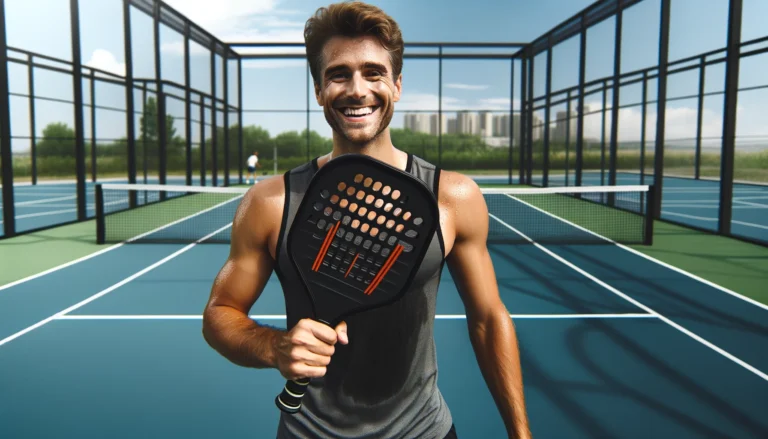Mastering the “Pickleball Rules Kitchen”: A Guide to the Non-Volley Zone
Pickleball Rules Kitchen
Understanding the “pickleball rules kitchen,” or the non-volley zone, is essential for any pickleball player aiming for proficiency in this fast-growing sport. Often simply referred to as “the kitchen,” this area is defined by unique rules that prohibit volleying, making strategic play crucial.
In this detailed guide, we will explore the rules surrounding the kitchen in pickleball, offering insights and strategies that will benefit both beginners and seasoned players. By mastering these rules, you can enhance your gameplay significantly, whether you are playing casually or in competitive settings.
What is the Kitchen in Pickleball?
Understanding the “Pickleball Rules Kitchen”
The kitchen refers to the non-volley zone, a critical area located seven feet from the net on both sides. It is a space where players are not allowed to volley the ball (hitting it before it bounces). This rule aims to prevent players from dominating the net play, thus encouraging a more strategic game.
Step-by-Step Guide to Recognizing the Kitchen
- Identify the Boundaries: Look for the lines that mark seven feet from the net, defining the non-volley zone.
- Understand Its Importance: Knowing that no volleying is allowed within this zone will help you avoid common faults and strategize your shots.
- Leverage It Strategically: Use knowledge of the kitchen to force opponents into difficult positions, setting yourself up for advantageous shots.
Rules of Engagement in the Kitchen
Detailed Guidelines for the Kitchen
The “pickleball rules kitchen” strictly prohibit volleying from within this zone. These rules are designed to add a layer of strategic depth to the game and to ensure fair play.
Step-by-Step Guide to Kitchen Rules Compliance
- Avoid Volleying From the Kitchen: Always make sure that both your feet are behind the kitchen line before you attempt a volley shot.
- Watch for Foot Faults: During a volley, your feet should not touch the kitchen line or the area inside it; this is considered a foot fault.
- Playing Bounced Balls: It is permissible to step into the kitchen to hit a ball that has already bounced; this action does not count as a volley and is therefore legal.
Strategic Play Around the Kitchen
Mastering Kitchen-Based Techniques
Adopting effective strategies involving the kitchen can significantly enhance your pickleball gameplay, as this requires finesse and tactical awareness.
Step-by-Step Guide to Effective Kitchen Play
- Utilize Dink Shots: Execute dink shots that land in your opponent’s kitchen, forcing them to hit upward and creating offensive opportunities for yourself.
- Exhibit Patience: Maintain patience and wait for the ball to bounce if it is heading towards the kitchen, thus avoiding premature and potentially faulty plays.
- Use the Line as a Guide: Employ the kitchen line to better position yourself and make informed decisions about when to volley and when to let the ball bounce.
Common Mistakes in the Kitchen and How to Avoid Them
Recognizing and Correcting Mistakes
Many newcomers to pickleball encounter difficulties with the “pickleball rules kitchen,” leading to errors that can be easily avoided with practice and awareness.
Guide to Avoiding Common Kitchen Mistakes
- Be Conscious of Your Foot Positioning: Always be aware of where your feet are, especially when you are close to the kitchen line. This awareness will help prevent many of the common faults associated with kitchen play.
- Engage in Focused Practice: Regularly practice playing just behind the kitchen line to get comfortable with the spacing and to build your ability to judge where the ball will land.
- Keep an Eye on the Ball: Monitoring the trajectory of the ball closely will aid in deciding whether to prepare for a volley or to allow the ball to bounce first.
Conclusion: Embracing the Challenge of the Kitchen
The “pickleball rules kitchen” are not just a set of limitations but are fundamental aspects of the strategic gameplay that makes pickleball so engaging. By fully understanding and adhering to these rules, you not only follow the game’s legal requirements but also unlock a deeper level of strategic play. Whether you are playing for enjoyment or in a competitive arena, mastering the kitchen rules will lead to a more fulfilling and successful pickleball experience. Embrace this challenge, and let it enhance your understanding and love for the game.







